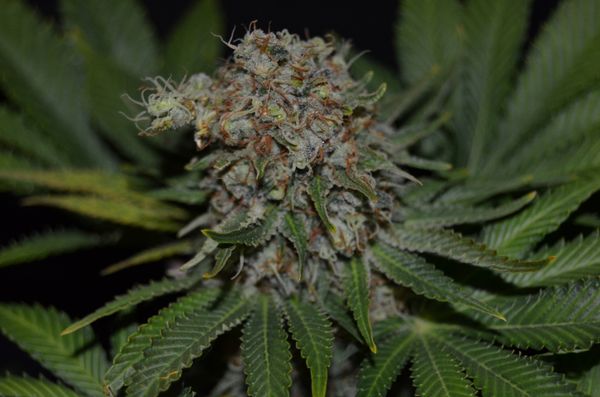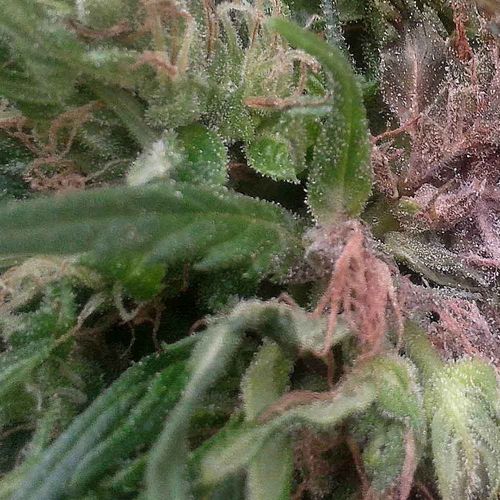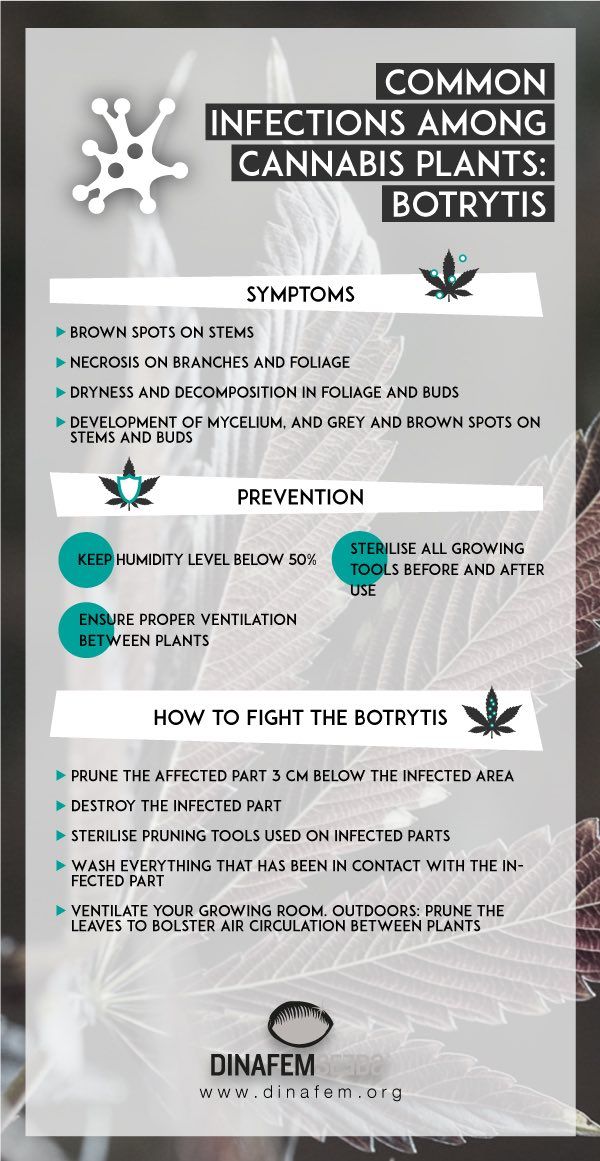- Botrytis, or grey mould, is one of the fungi most commonly affecting cannabis plants.
- If you are growing in temperate and humid climates this mould is more likely to attack your crops, but don't worry, as here you will find everything you ever wanted to know about botrytis.
- We’ll tell you how to prevent, identify and eradicate it, and all the necessary tools to keep your crop from being stricken by this vexing fungus. In short, everything so that you can take on grey mould and win the battle.

Botrytis, also known as grey mould, is one of the most common and damaging fungi that can attack your cannabis plants. It usually occurs when temperature and humidity levels are high. Spreading rapidly, it is capable of destroying a cannabis crop in no time. Hence the importance of adequately preventing and eradicating it in time, as botrytis is capable of ruining months of work in just days. We take it step by step so that this fungus does not come between you and your crop.
How do you prevent botrytis?
Control humidity levels
There are several conditions necessary for botrytis to develop on a cannabis plant. The first one is moisture. This fungus thrives in areas where humidity levels exceed 50%, so if you keep them below this mark, you should be able to prevent it. However, although uncommon, even in less humid settings damage can also occur. Constant air circulation is important, as is proper ventilation between plants to prevent the fungus.
Ensure proper cleaning
When it comes to preventing botrytis, cleaning is also relevant. It is a good idea to sterilise your growing tools every time you use them, as in this way you will decrease the likelihood of this grey mould appearing. The fungus is transported by air, and by contaminated hands and tools, hence the importance of sterilisation.
In fact, this grey mould spreads very rapidly in indoor spaces, able to infect a whole growing room in less than a week when conditions favour it. So, do not underestimate the importance of cleaning and sanitizing everything that comes into contact with your plants.
Eliminate petioles
Another thing to remember to prevent botrytis is the elimination of all petioles remaining on branches when removing damaged leaves, as dead and decaying foliage favours the development of botrytis.
Preventive spraying?
As for chemicals to preventively fumigate cannabis plants, we do not recommend their use. Fumigation does not guarantee that the fungus will not ultimately appear, and these products leave traces of chemical waste that can be hazardous to your health. Therefore, it is best to avoid the circumstances that tend to lead to its appearance: high moisture, poor hygiene and excessive crop density. You might also want to try an organic fungicide, such as propolis or horsetail, to prevent it.

How to identify botrytis
One of the keys to preventing botrytis correct and constant observation of one's plants, to avert a potential outbreak after the first symptom. But, how do you identify Botrytis? It is a fungus that is very easy to spot. Able to affect any part of the plant (roots, stems, leaves, buds), it is identifiable by its colour and texture, as these areas turn brown or grey, and exhibit a dry, lifeless appearance.
In more advanced cases one can see the fungus develop on the surface of tissues, forming a grey mycelium. As the disease progresses the foliage becomes necrotic. The affected area is dry to the touch and usually falls apart. Of a greyish-white to teal colour, the fungus usually attacks the densest and fullest parts of the flower, but it can also appear on stems, leaves and seeds. Thus, we advise looking for leaves that appear to mysteriously dry up, or for dry stems that are dying, or even dry, brown buds with a dead look.
Not only attacking the plant only when it is alive, botrytis may also appear once it has been harvested. When a harvest is not carried out under good hygienic conditions, it can infect the plant at this time. Then it usually decomposes the dry, stored buds, and can be transmitted through the seeds. As it affects compact, heavy buds more often, the perfect places for this fungus to flourish, those cannabis strains lacking these characteristics will be less susceptible to Botrytis.
How to eradicate botrytis
Even when one avoids the conditions conducive to the development of botrytis, sometimes this fungus will find a way to develop anyway. In this case, as soon as the first symptoms appear on stems or buds growers should do the following:
- Prune all the parts affected, for this using sterilised (with alcohol) pruning scissors to remove the infected buds, at least 3 cm below the infected area. To play it safe, there are some who amputate them 5 to 10 cm below the damaged area.
- Destroy the infected part. It is imperative to remove the infected part from the growing area and destroy it.
- Sterilise the tools used. Then you must wash your hands and the utensils with which you removed the infected plant material.
- Ventilate your room properly. Once you have aired out the room to prevent any remaining fungus, you will also want to reduce humidity levels below 50%.
Please note that...
The threat of mould increases as flowers mature. This is because when flowers swell, during the last weeks of flowering, their burgeoning size hinders intra-floral ventilation. Remember that an infection during the final phase of flowering can force you to harvest your plants before the ideal day, based on their maturation, such that trying to force a complete cycle with infected plants (indoor and outdoor) can lead to total ruin.




Comments from our readers
Did you like this post?
Your opinion about our seeds is very important to us and can help other users a lot (your email address won't be made public).